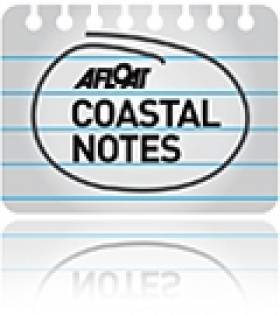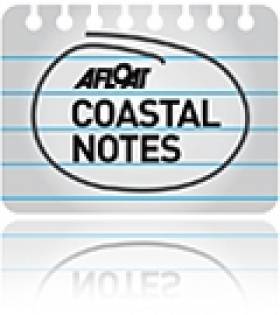Displaying items by tag: Heritage Council of Ireland
Heritage Council Face Severe Cuts
The Heritage Council of Ireland is to face a 47% cut in funding following the budget's announcement on Tuesday. The large-scale reduction in funding the statutory body will decimate the heritage sector and threatens the closure of many small enterprises that are dependent on it. The cut is on top of a 30% fall in funds introduced during this year.
The council is charged with identifying, protecting, preserving and enhancing Ireland's national heritage which also includes seascapes, wrecks and the inland waterways.
"We are extremely concerned about the disproportionate nature of the cuts to the heritage sector. While the heritage sector recognises that it must share the burden of the cuts required to tackle the country's economic crisis, the cuts announced last Tuesday are completely disproportionate in comparison to other Departmental cuts." said Michael Starrett, chief executive of the Heritage Council.
"As a result, the future of heritage initiatives nationwide which have created hundreds of jobs, empowered local communities and enhanced the value of heritage as a tourism resource, are severely threatened", he added.
According to the Heritage Council, such cuts will have a detrimental impact on the national heritage and the quality of tourism offered. In 2009, over three million overseas visitors engaged in cultural/historical and spent an estimated €1.9 billion. Funding will now no longer be available to protect and manage the nations heritage.
For information on the Heritage Council's marine publications section click here and on inland waterways logon to www.heritagecouncil.ie/inland_waterways/
Heritage Council's Online Marine Publications
The following topics below are just some of the categories featured, they include the Bere Island Conservation Plan, Ireland's Sharks & Rays, Conserving Ireland's Maritime Heritage and an Audit of Maritime Collections.
The maritime heritage section of the Heritage Council covers the cultural, physical and ecological dimensions. In addition it embraces the legacies of past generations, their traditions and natural features of both coastal and offshore environments.
For those interested in freshwater topics, the Heritage Council also recognises the importance of our inland waterways and canal network. The Heritage Council has undertaken a Waterway Corridor Studies on the Shannon, as well as on parts of the Grand and Royal Canals. For further information and downloadable in PDF format logn to www.heritagecouncil.ie/inland_waterways/

























































